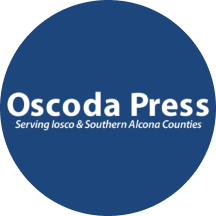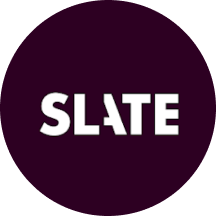When the court lights flicker on at the U.S. Open, tennis stars shine under illumination designed to cut light pollution.
The wedge-shaped lamps around the USTA Billie Jean King National Tennis Center in Flushing Meadows direct light onto the players without spewing it into the surrounding skies.
The stadium complex is the only professional sports venue certified by a group that's trying to preserve the night sky across the globe. Across North America and Canada, schools and local parks have also swapped out their lights on baseball fields, running tracks and other recreation grounds to preserve their view of the stars and protect local wildlife.
Night lights can disrupt bird migration and confuse nocturnal critters like frogs and fireflies. Lights on sports fields are especially bright and cool, and often cast their glare into neighborhoods.
In renovations over the past decade, the U.S. Tennis Association swapped metal halide bulbs for shielded LED lights. The complex’s 17 tournament courts — including Arthur Ashe Stadium — and five practice courts were approved as dark sky-friendly last year.
USTA officials wanted the best lighting possible on their courts, which also happened to be friendly to dark skies. Their lighting company suggested striking a balance that would satisfy crowds and TV crews while cutting down spillover into the surrounding environment.
"We're the US Open and we want the best,“ said the USTA’s managing director of capital projects and engineering Chuck Jettmar. “But also we are interested in being sustainable and good neighbors. And they go hand in glove in this particular case.”
U.S. Open qualifying matches this week were punctuated by players grunting, crickets chirping and audiences cheering. Rows of lights stood like sentries above, adorned with flat visors that guided the glow onto the action.
The lights at Flushing Meadows glow at a quarter of their brightness when the courts are rented for play during the year. They're approved by DarkSky International, a nonprofit that gives similar designations to cities and national parks. The group widened its focus to include sports arenas in recent years and has certified over 30 venues since 2019 — including high school football fields and youth soccer fields.
The organization approves proposals at sports fields before any light fixtures are installed or replaced. Once construction is complete, a representative measures the glow and glare against a set of guidelines that benefit the night.
Renovating a field with dark skies in mind can cost about 5% to 10% more than traditional sports lighting, according to James Brigagliano, who runs DarkSky’s outdoor sports lighting program. Venues may require a few extra fixtures since the light shining from them is more targeted.
Most arenas make the change during scheduled maintenance and renovation, working with Iowa-based sports lighting company Musco. The company lights over 3,000 venues a year including college football stadiums, tennis courts and rail yards.
“The USTA is the first major professional sports facility that we've had the pleasure to inspect and certify as DarkSky approved," said Brigagliano. "We have a lot of certified sports fields, but nothing at this level. Most of it's been recreational level so far.”
Night lights harm the surrounding environment no matter how shielded they are. DarkSky-approved fields still allow a small fraction of their light to be pointed up since it's necessary to keep track of flying balls.
“The task is not necessarily to get rid of all artificial light, but rather to use it more thoughtfully and selectively,” said Jeff Sebo, who directs the Center for Environmental and Animal Protection at New York University. "We can strike a good balance between getting the benefits of being able to see, but then mitigating the risks that all of that extra light has for humans and animals and the environment.”
The U.S. Open courts are side-by-side with bright city lights from Manhattan and Queens — so they can only darken a slice of the sky. But DarkSky says every light fixture makes a difference, and one professional arena can influence others.
“We're not looking to plunge the world into medieval times with no light," said Brigagliano. "We just want better quality of lighting."
The Associated Press Health and Science Department receives support from the Howard Hughes Medical Institute’s Department of Science Education and the Robert Wood Johnson Foundation. The AP is solely responsible for all content.

 Associated Press US and World News Video
Associated Press US and World News Video
 FOX 13 Tampa Bay Crime
FOX 13 Tampa Bay Crime Oscoda Press
Oscoda Press Cheboygan Daily Tribune
Cheboygan Daily Tribune AlterNet
AlterNet Bloomberg Law
Bloomberg Law ABC 7 Chicago Politics
ABC 7 Chicago Politics The List
The List Slate Magazine
Slate Magazine Page Six
Page Six